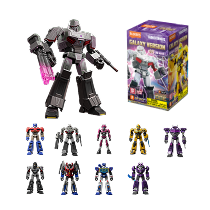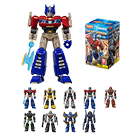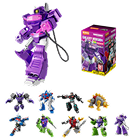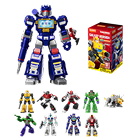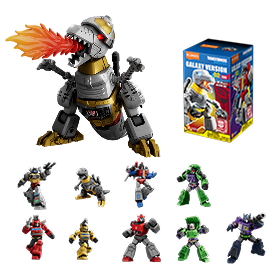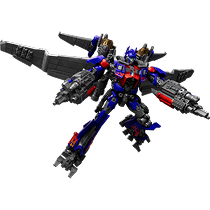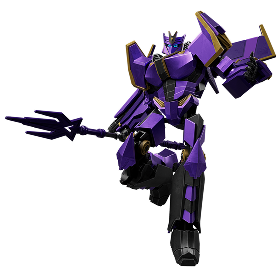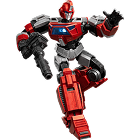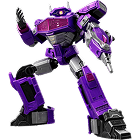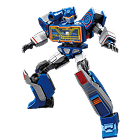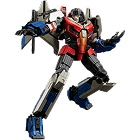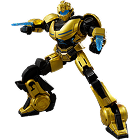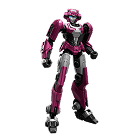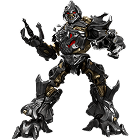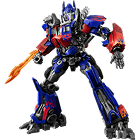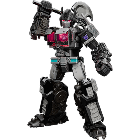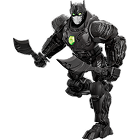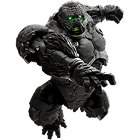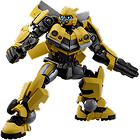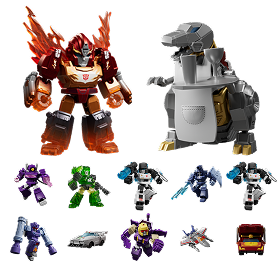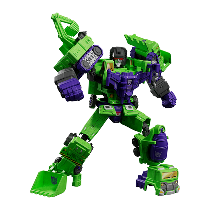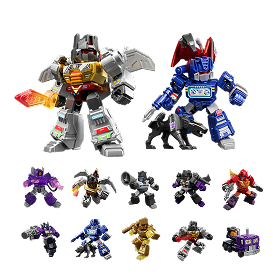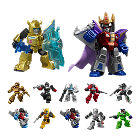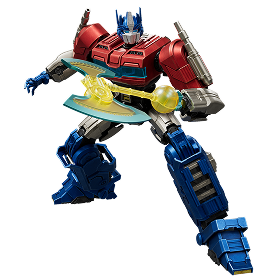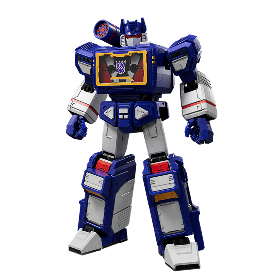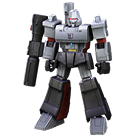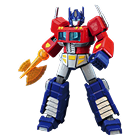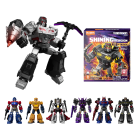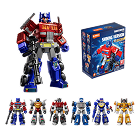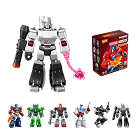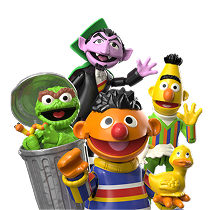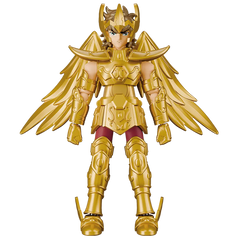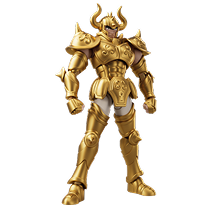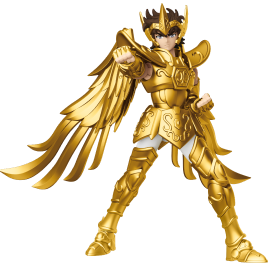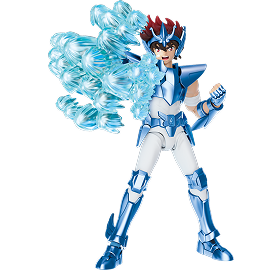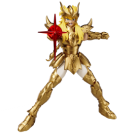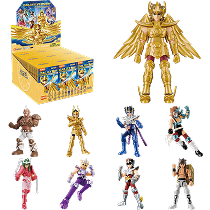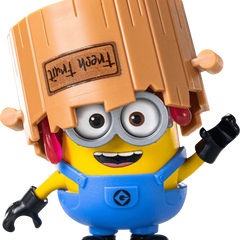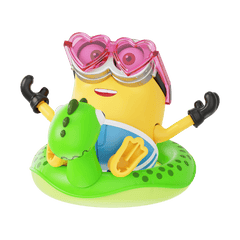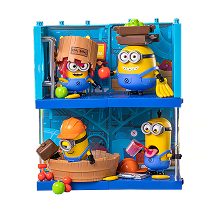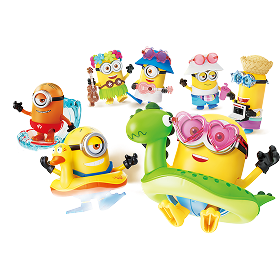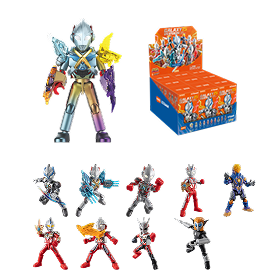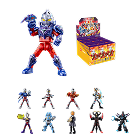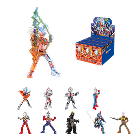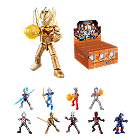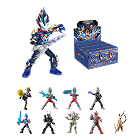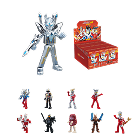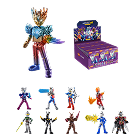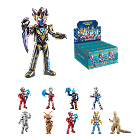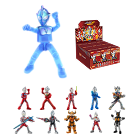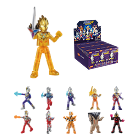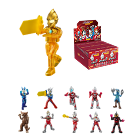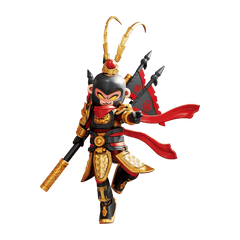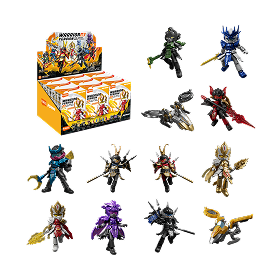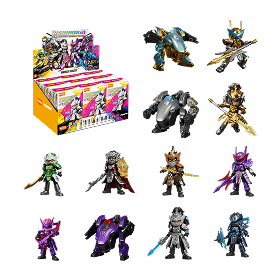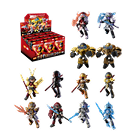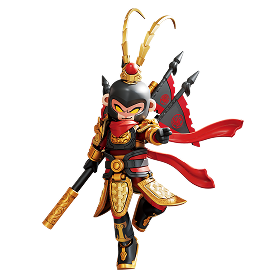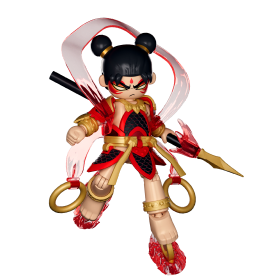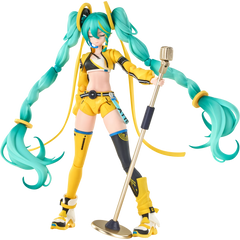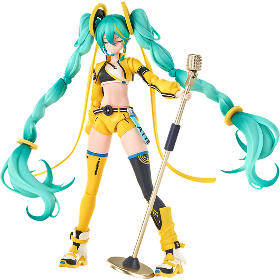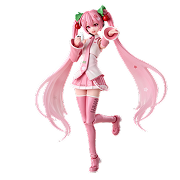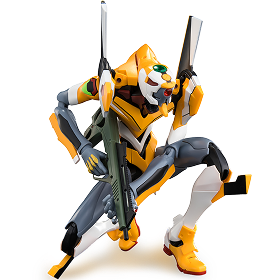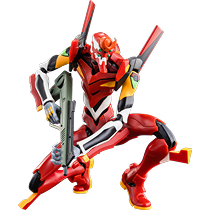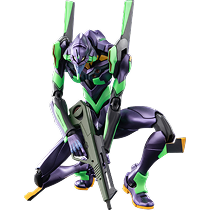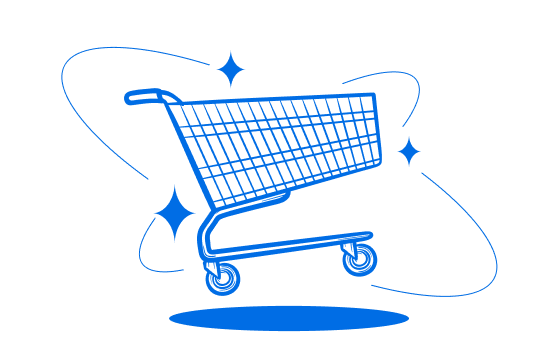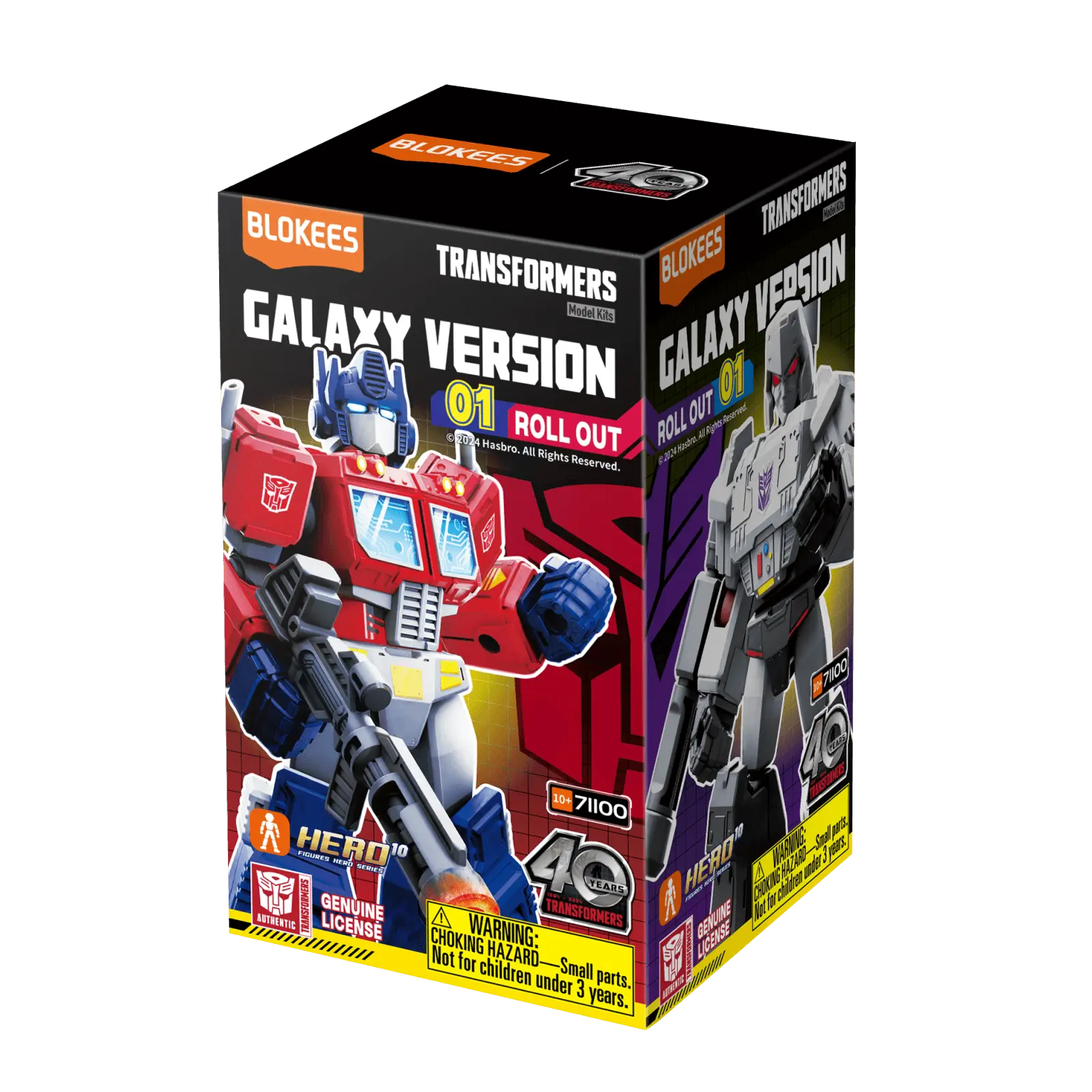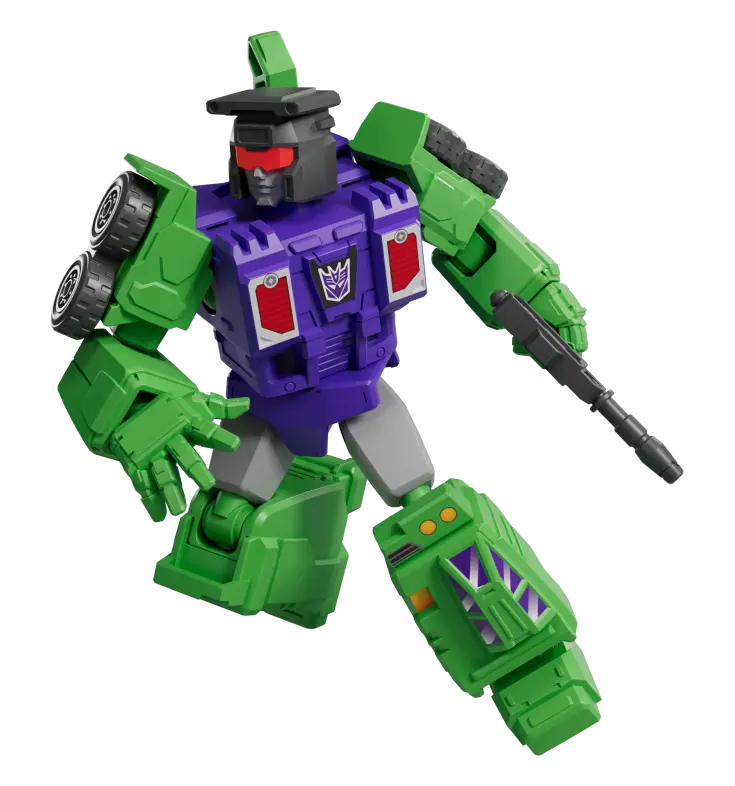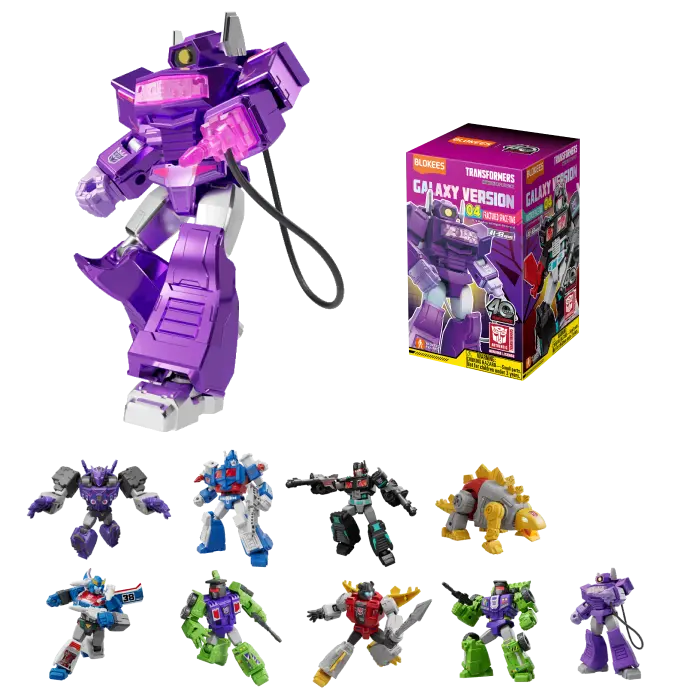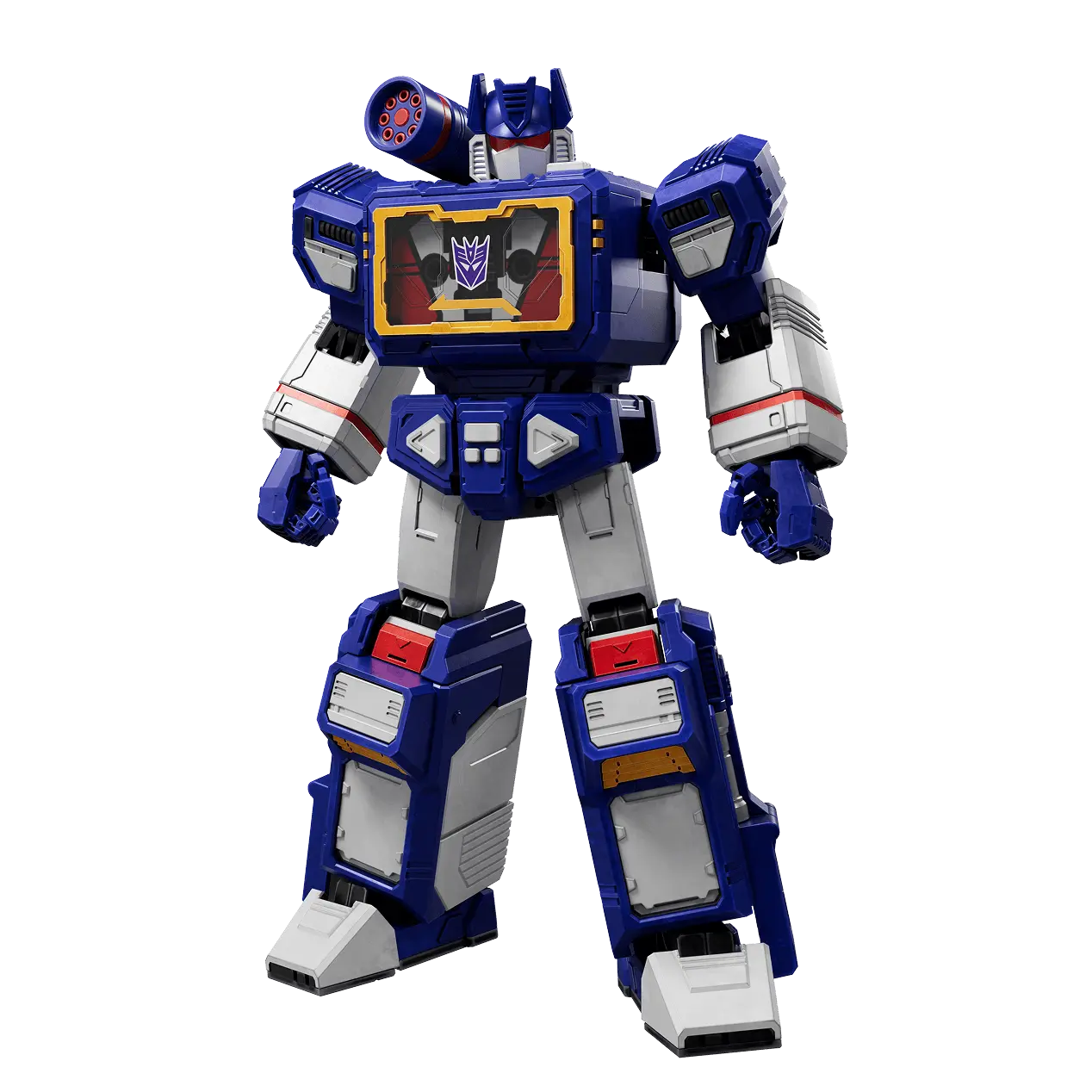Why Big Blocks Matter
Screen time dominates kids' lives. But the best learning happens with hands-on play.
Giant foam blocks offer something screens can't: physical building, real engineering, actual problem-solving. Kids stack, balance, test, fail, and try again—all essential STEM skills.
These aren't just toys. They're learning tools disguised as fun.
What Makes Foam Blocks Great for STEM
Engineering thinking: Kids build towers and bridges. They learn about gravity, balance, and structure without textbooks. When a tower falls, they out why and rebuild better.
Math skills: Choosing blocks by size teaches geometry. Stacking teaches measurement. Building patterns teaches symmetry. All math concepts, learned through play.
Problem-solving: "How tall before it tips?" "Can this hold a toy car?" Real questions. Real experiments. Real learning.
Collaboration: Big blocks need teamwork. Kids plan together, build together, fix problems together. Social skills plus STEM skills.
Safe failure: Foam blocks don't hurt when they fall. Kids experiment without fear. They learn that failure leads to better designs.
What to look for in the best giant foam blocks for STEM development

If you’re shopping for these, here are key criteria to keep in mind:
Size matters:
"Giant" means kids can build forts, tunnels, and structures they can actually use. Small blocks are fine, but big blocks create bigger thinking.
Safety first:
Look for soft foam that won't injure. Non-toxic materials. No sharp edges. Certification marks (ASTM, EN71) prove quality.
Shape variety:
Cubes and rectangles are basic. Curves, ramps, arches, and tunnels add possibilities. More shapes = more creative challenges.
Durability:
Blocks should survive rough play. Washable covers help. Waterproof foam lasts longer.
Open-ended design:
No single "correct" way to build. That's the point. Kids create their own solutions.
Why Foam Blocks Work for STEM
Engineering Skills:
Kids build towers and bridges. They learn about balance and gravity without realizing it. When something falls, they out why and try again.
Math Skills:
Picking different sized blocks teaches shapes. Stacking teaches counting and measuring. Building patterns teaches symmetry.
Learning from Mistakes:
Foam blocks don't break or hurt when they fall. Kids can experiment without worry. Fail, learn, rebuild—that's real engineering.
Working Together:
Big blocks need teamwork. Kids plan together, build together, solve problems together.
Physical Activity:
Unlike small blocks, giant foam blocks get kids moving. Lifting, carrying, stacking. Active bodies mean active minds.
How to integrate these blocks into STEM activities

Material:
Durable foam. Washable covers. Waterproof is better.
Shapes:
Not just cubes. Look for curves, ramps, arches, tunnels.
Colors:
Bright colors help kids sort and create patterns.
Size:
Big enough for impressive builds. Safe enough for the age group.
Safety:
Check for ASTM or EN71 certification. Non-toxic foam. No sharp edges.
Storage:
Can you store them easily? Important for small spaces.
Why "Giant" Matters
Bigger blocks = bigger thinking: Small blocks make small towers. Giant blocks make forts kids can enter.
Full-body play: Big blocks require lifting and moving. More active, more engaged.
Natural teamwork: One kid can't build alone. Cooperation becomes necessary.
Obvious results: When a big tower falls, kids really notice. That teaches more than lectures.
System thinking: Building forts or cities teaches how parts work together.
Using at Home or School
At Home:
- Clear floor space for building
- Give simple challenges
- Ask questions after builds fall
- Let kids lead the play
In Classroom:
- Use challenge cards
- Rotate activities daily
- Have kids measure and graph results
- Encourage group work
Mix with Other Tools: Add measuring tapes, timers, toy cars. Ask: "How tall before a car shakes the base?"
Final thoughts:
In summary, if you’re looking for “best giant foam blocks for STEM activities” or “top giant foam blocks for STEM education”, focus on:
- Oversized, safe foam blocks that invite building large structures
- Open-ended sets with shape variety and possibilities for engineering challenges
- Materials and design suitable for repeated, collaborative use
- Integration into active, scaffolded STEM tasks where children measure, test, redesign
- Environments where children can engage physically, socially and cognitively
By investing in the recommended giant foam blocks for kids’ STEM, you’re investing not just in toy time—but in rich, hands-on learning that builds the foundational skills of science, technology, engineering and mathematics.
Children who regularly engage in building, testing, failing and redesigning with foam blocks develop not only spatial and mathematical skills but also the mindset of resilience, curiosity and collaboration.
Frequently Asked Questions
What are giant foam blocks for STEM learning?
Giant foam blocks are large, soft, durable building blocks designed for open-ended play. They help children develop essential STEM skills—science, technology, engineering, and math—through creative construction, problem-solving, and hands-on experimentation.
Why are foam blocks great for STEM activities?
Foam blocks promote spatial awareness, engineering thinking, collaboration, and resilience. Kids explore balance, structure, and geometry while building towers, bridges, and tunnels—core elements of STEM development.
What age group benefits most from giant foam blocks?
Giant foam blocks are ideal for children aged 3–10 years. Younger kids enjoy simple stacking and pattern play, while older children engage in more complex design and engineering challenges.
Are giant foam blocks safe for kids?
Yes. Quality foam blocks are made from non-toxic, lightweight, soft materials that cushion impact. Always choose brands with ASTM or EN71 safety certifications to ensure safe play.
How do foam blocks encourage STEM education at home?
Parents can guide simple STEM challenges such as “build the tallest tower,” “design a bridge that holds a toy car,” or “create a tunnel maze.” These fun tasks naturally teach physics, math, and problem-solving skills.
What features should I look for in the best giant foam play blocks?
Look for a variety of shapes, durability, non-toxic materials, and easy-to-clean surfaces. The best sets support open-ended play and come with activity suggestions for structured STEM learning.
Can teachers use giant foam blocks in the classroom?
Absolutely! Educators use foam blocks to teach engineering design, teamwork, and math concepts. They fit perfectly in preschool, kindergarten, and early elementary STEM programs.







